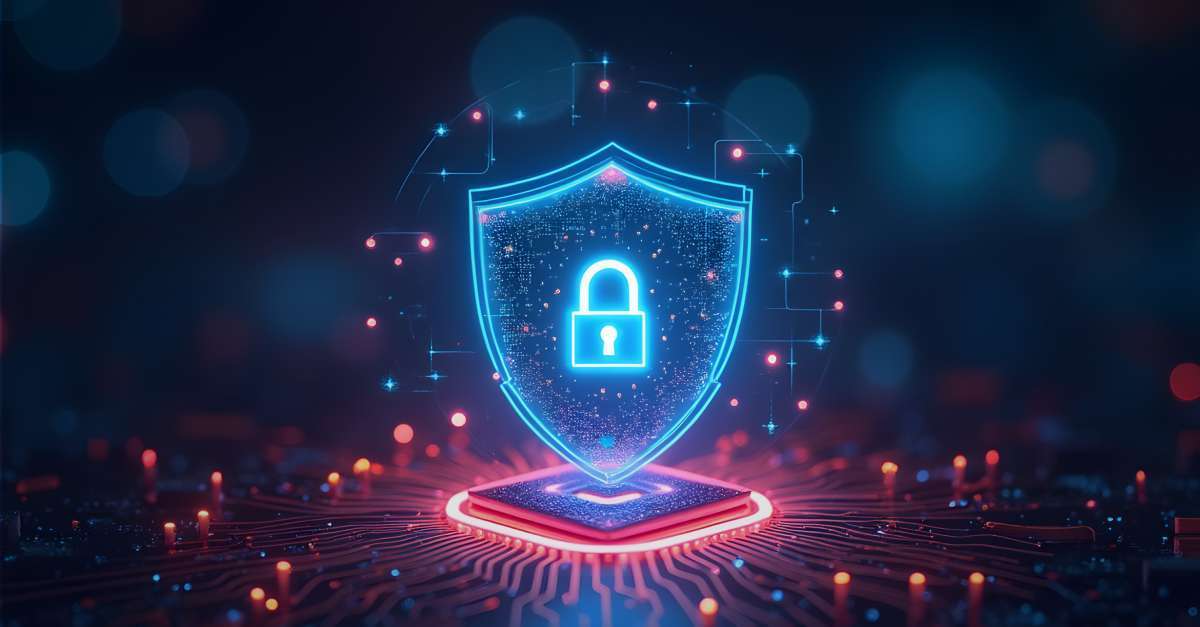Why Reactive Healthcare Compliance Strategies Are Failing
In a high-risk healthcare landscape, reactive compliance strategies are a ticking time bomb. From rising penalties to soaring breach costs, doing the bare minimum is no longer enough. Discover how C1 transforms compliance into a strategic advantage with expert services and technology-driven automation.
Doug Braun, Sr. Product Marketing Manager










